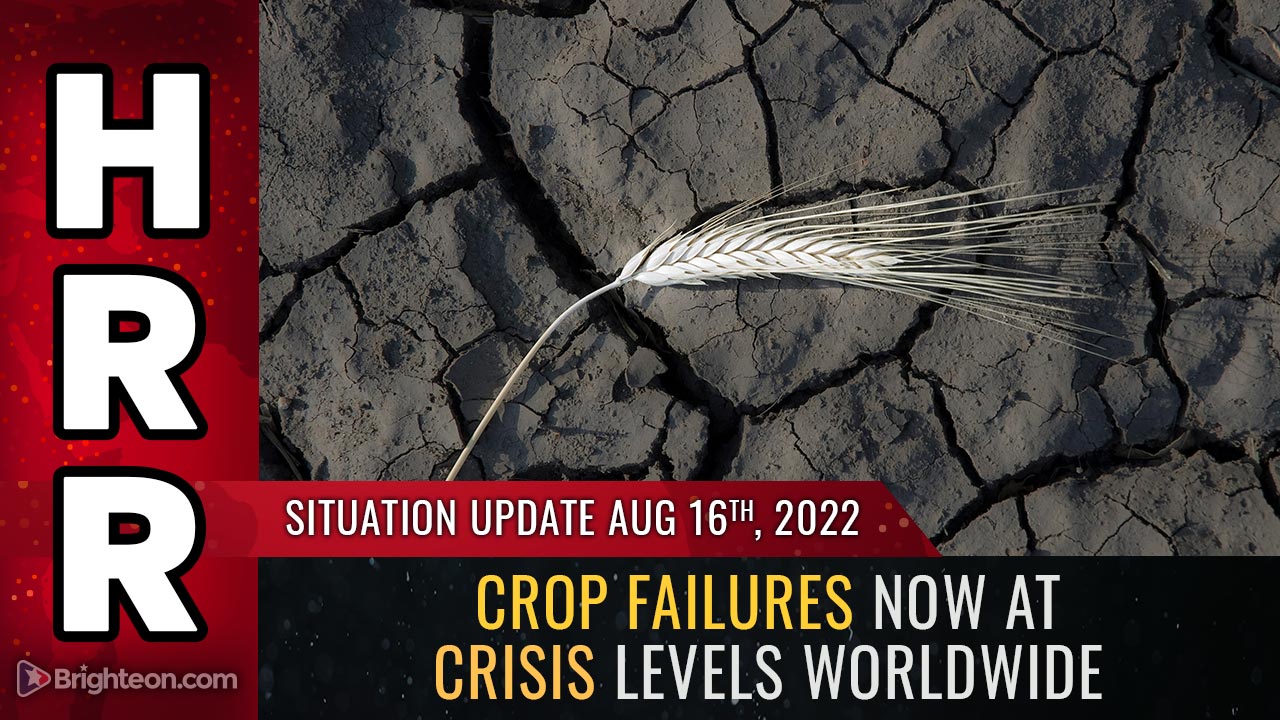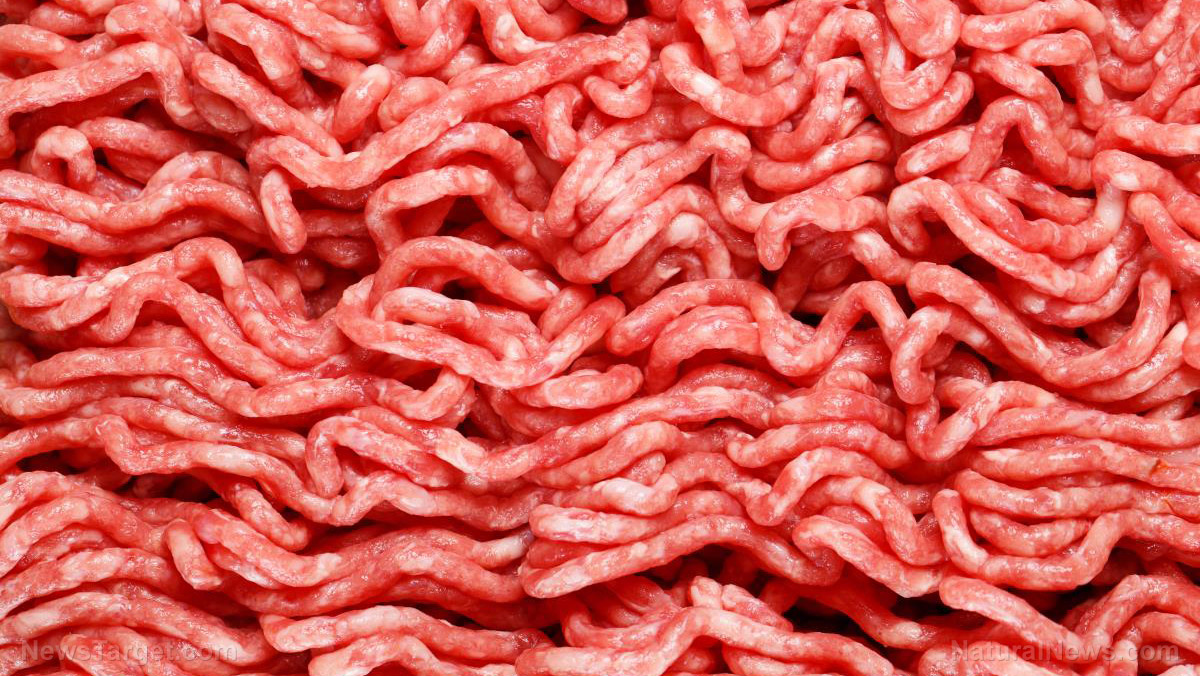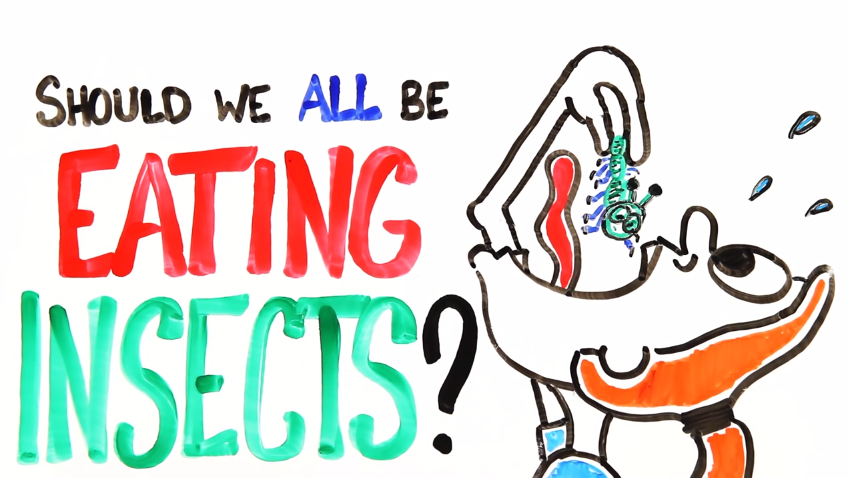Crickets are now being farmed in Kenya as a food source for humans
01/10/2018 / By Zoey Sky

Suggesting that crickets can help certain countries achieve food security is a notion that will initially be met with confusion and maybe even disgust, but a group of researchers has proven that the insect is a good source of animal proteins.
The house cricket, or Acheta domesticus, is now being incorporated in the scaled-up production of farming systems in Kenya and other locations in the world as a possible source of animal proteins. The researchers from Jomo Kenyatta University of Agriculture and Technology (JKUAT) who took part in the study wanted to determine the nutritional value of farmed crickets based on their age to verify the “optimal harvesting time” for the insects. If successful, the crickets will then be used to help improve the current state of child nutrition in Kenya.
In Kenya, food security remains a significant concern, and agriculture diversity can significantly help the Kenyan population produce enough food to address it. This issue plagues other countries worldwide, and food and nutrition security are connected to other concerns like human health and poverty.
There are millions of children in the world who are suffering due to acute malnutrition and at least 50 percent of deaths among children younger than five years old is due to nutrition or nutrition-related complications. The prevalence of malnutrition, which was confirmed by studies done on the Kenyan population, has also isolated “lack of proteins” a high priority among children. There have also been increased cases of morbidity and mortality caused by poverty and food insecurity.
For the study, sampling was carried out between crickets that were four and 13 weeks old. The findings revealed that farmed cricket is best harvested between weeks nine, 10, and 11, which is when the protein and mineral content of the cricket is at its peak. During this time, chitin content is slightly lower, which means the crickets are easier to process to make a finer flour that can greatly enhance the end product made from crickets.
The cricket’s omega 6-to-3 ratio makes cricket oil good for child nutrition, and the study’s authors recommend “the rearing of crickets and the use of cricket in child nutritional interventions for its high protein content, which is often the major cause of child undernutrition.”
In most countries, the major source of protein for human consumption is plant and animal proteins such as meat, pork, fish, milk, and eggs. However, not everyone can afford these expensive sources of animal protein. (Related: 5 Compelling Reasons You Should Eat More Insects (Especially Crickets).)
Kenyan communities have eaten insects since ancient times, and it has given them a reliable source of protein during instances of food insufficiency. In the rest of the world, more people are reconsidering insect consumption, especially since insects contain nutrients. But while more privileged individuals indulge in insects due to hobbies, such as venturing into forests to collect various species, in recent times insects are being sold “in the markets and on the streets.”
Insects are eaten as a delicacy in the western region of the country. While people collected insects in the wild, this was mostly done by women and children. Insect farming remains a new idea among the Kenyan population.
Alternative sources of protein
If you are looking for alternative protein sources, consider some of the suggestions listed below:
- Green peas – Legumes are good sources of vegetarian protein, and one cup of peas contains 7.9 grams, almost the same as a cup of milk.
- Quinoa – Technically identified as a seed, quinoa is unique and it contains more than 8 grams per cup. It also contains all nine essential amino acids that the body needs for growth and repair but is unable to produce on its own.
- Beans – While there are various kinds of beans (e.g. black, white, pinto, heirloom, etc.), they are all high in protein.
You can more articles about findings on food security and food alternatives at Food.news.
Sources include:
AcademicJournals.org 2 [PDF]
Submit a correction >>
Tagged Under:
Africa, animal proteins, child nutrition, chitin, crickets, farmed crickets, food alternatives, food scarcity, food science, food supply, house cricket, Kenya, nutrients, omega 3, Omega-6, protein, starvation, weird science
This article may contain statements that reflect the opinion of the author
RECENT NEWS & ARTICLES
COPYRIGHT © 2022 CricketProtein.news
All content posted on this site is protected under Free Speech. CricketProtein.news is not responsible for content written by contributing authors. The information on this site is provided for educational and entertainment purposes only. It is not intended as a substitute for professional advice of any kind. CricketProtein.news assumes no responsibility for the use or misuse of this material. All trademarks, registered trademarks and service marks mentioned on this site are the property of their respective owners.














